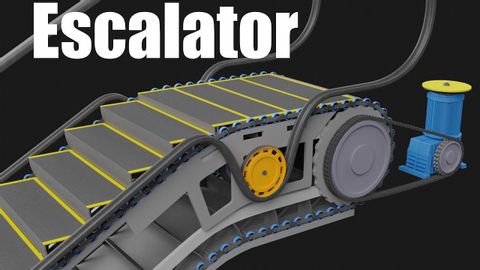知識小百科!帶你看手扶梯是如何運作的!(How does an Escalator work?)
joey joey 發佈於 2022 年 03 月 08 日  沒有此條件下的單字
沒有此條件下的單字US /səbˈskraɪb/
・
UK /səb'skraɪb/
- v.t./i.棒;黏貼,張貼;堅持;伸出;忍受
- n. (c.)棍棒,棍枝,枝條
US /ˌɪndəˈvɪdʒuəl/
・
UK /ˌɪndɪˈvɪdʒuəl/
- n. (c.)個人;單個項目;個體;個人賽
- adj.個人的;獨特的;個別的;獨特的
US /ˈmʌltəpəl/
・
UK /ˈmʌltɪpl/
- adj.多重的;多種的;多發性的;多重的
- n. (c.)多;多個的;乘數
- pron.多重的
